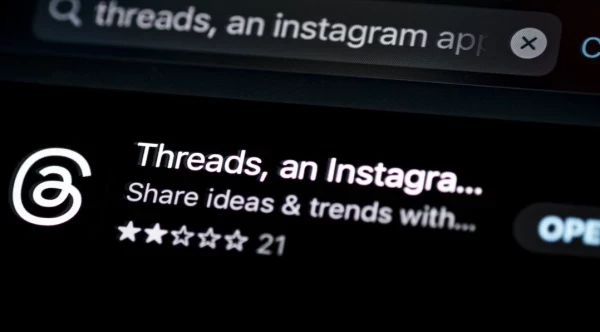How to Measure Social Media ROI
Add bookmarkDeploying winning social media programs is a top priority for most companies. While its early days with these initiatives, management being management still wants quantifiable value and ROI. How do you determine if your social media program is delivering the goods?
Social media may be the brave new world of marketing but the tools to measure its returns are too often anachronistic. Traditional approaches to measuring ROI calculate the returns in terms of short-term goals (e.g., sales increases, new product awareness) to their program expenditures. In many cases, measurement frameworks are solely based on traditional advertising metrics such as reach and frequency. The customer’s digital behavior is usually ignored. This narrow focus has two problems. First, it is fixated on the short term ("show me how my company’s Facebook ‘likes’ will improve market share next quarter"). Secondly, traditional ROI methods ignore more qualitative factors — such as the value of a tweet about a brand — that flow from the unique characteristics of the internet and have no obvious equivalents in analogue media metrics. Many leaders still do not fully appreciate that they are entering into interactive "conversations" with customers that takes time to cultivate. There are always several objectives in using social media so it is important to declare in each strategy/tactic what the primary objective is so the focus is there
Since the digital world is so different, returns from social media investments will need to be measured in terms of customer brand engagement (i.e. relationships) tied to particular social media applications — as well as in dollars. Engagement with a brand includes obvious measures such as the number of visits and time spent with the application as well as rich conversations, such as the influence of blog comments and Twitter pages.
To evaluate their social media programs, it’s imperative to bring ROI into the 21st century by adding the impact of long-term customer engagement in the financial analysis. This method takes into account not only short-term goals such as increasing sales in the next month via a social media marketing campaign or reducing costs next quarter due to more responsive online support forums, but also long-term relationship value due to social media investments. Marketers who don’t understand and can’t measure how this relationship influences a customer’s behavior will be unable to get a true picture of social media effectiveness and program ROI.
Fact is, it is very difficult to directly link social media performance metrics directly to business results. Therefore, we recommend managers use measurable social objectives as a bridge between social media performance and business results. To do this, managers would initially identify social objectives like brand awareness, brand engagement and word-of-mouth impact. These would explicitly measure the value of operating in the social media environment as well as tie directly to existing marketing objectives.
To undertake the analysis, managers would link social media performance metrics (e.g., Likes, Comments, Shares) to each social media objective. These objectives would then connect (or bridge) to strategic marketing objectives like purchase intent or improved brand image which can then be linked to real business results like sales lift. Rogers Communications Inc. is pioneering this approach.
"There are always several objectives in using social media so it is important to declare in each strategy/tactic what the primary objective is so the focus is there. It is usually a combination of traditional reach/frequency, online metrics such as click throughs, and new metrics such as positive-negative-neutral mentions, reposts, likes, etc," says John Boynton, chief marketing officer of Rogers Wireless
To further drill down into the true value of a social media initiative, marketers could use a variety of online tests, control groups and other testing tools to validate the social media results and compare to other analog marketing tactics. Not surprisingly, calculating the ROI of a sophisticated social media campaign is not easy. The challenges range from matching online customer profiles with offline purchases to determining the size of the test and control samples.
"The hardest part of evaluating social media variables with a test and control approach is isolating some variables such as geography and business results. Rogers works deeply with a few select strategic partners in this area like Facebook and Google to solve this over a period of time while remaining committed," says Boynton.
Yet, even modest social media programs will benefit from plugging-in, segment-level estimates and proxy measures to quantify how the customer actions translate through brand awareness, brand engagement and word of mouth to impact purchase behavior and, ultimately, the bottom line.
The various dimensions of social ROI are the topic of discussion at our 4th Social Media for Customer Management Summit. A free, "virtual" event, this is must-attend for those who want more out of their social strategies than a few followers. Spaces are extremely limited, so register now!
Mitchell Osak is managing director of Quanta Consulting Inc. Quanta has delivered a variety of winning strategy and organizational transformation consulting and educational solutions to global Fortune 1000 organizations. Mitchell can be reached at mosak@quantaconsulting.com





















